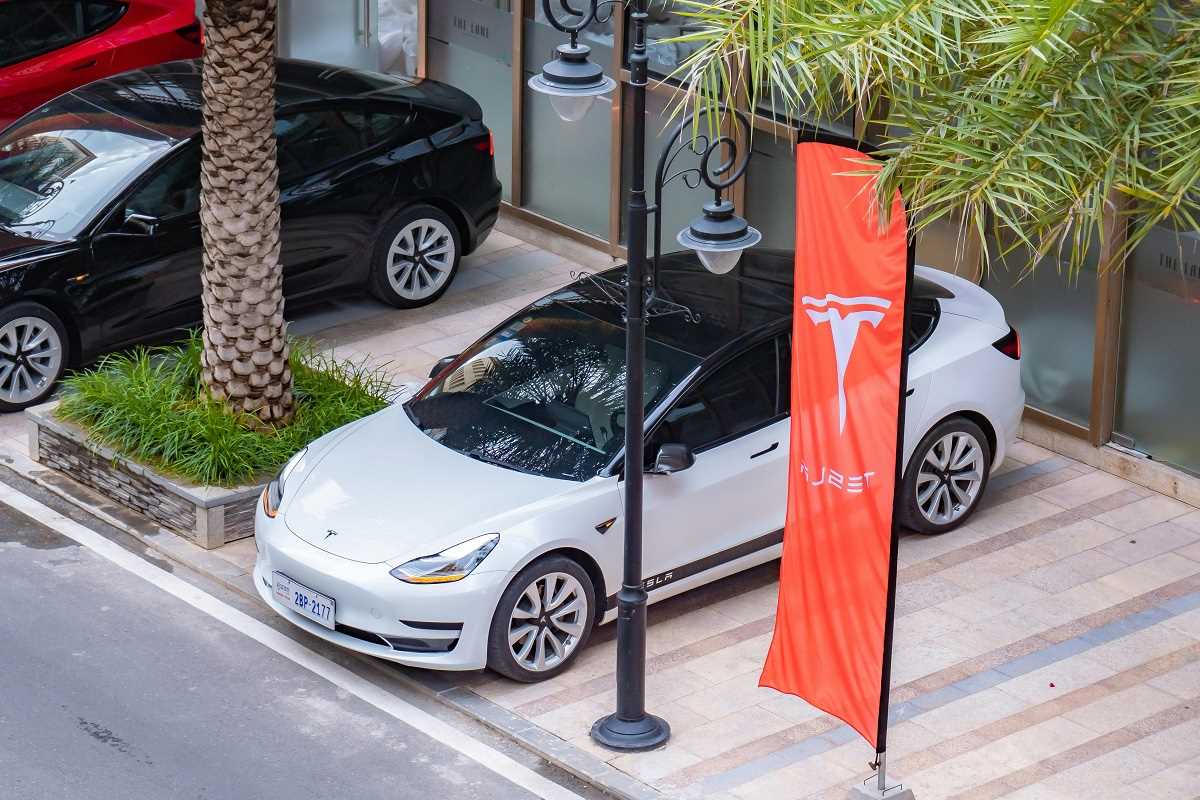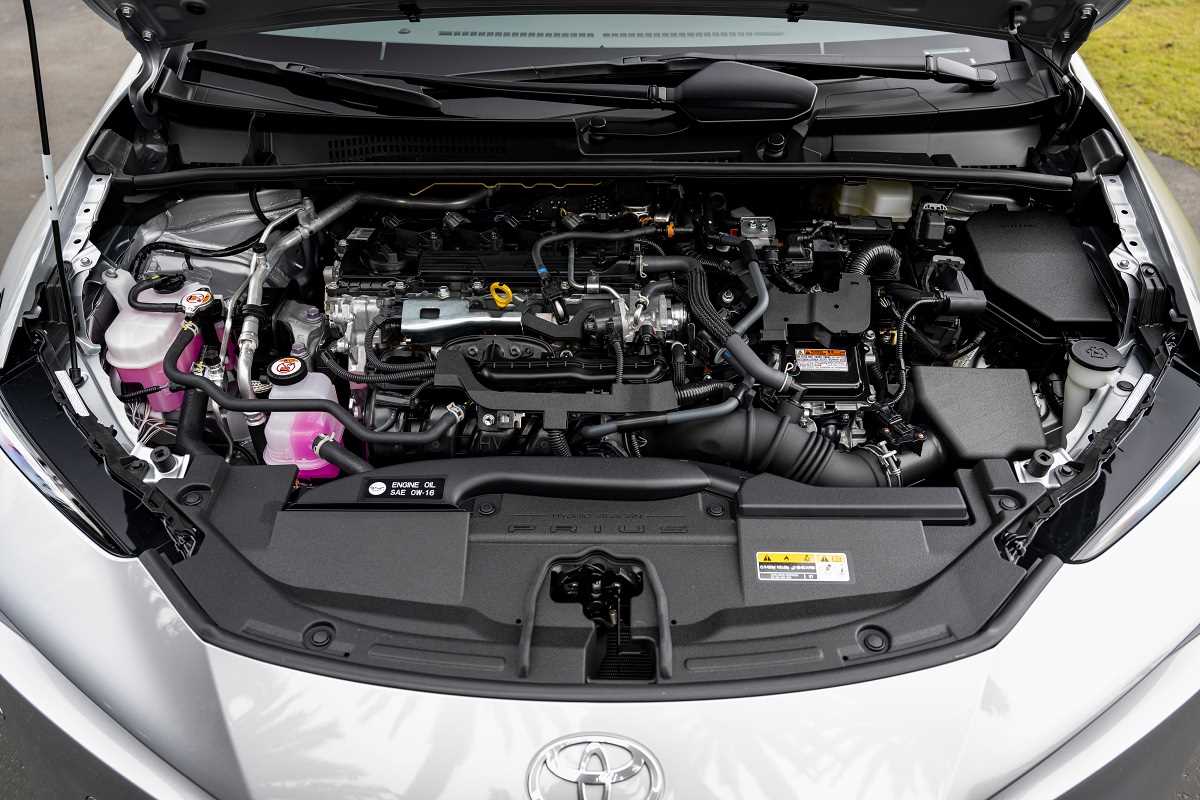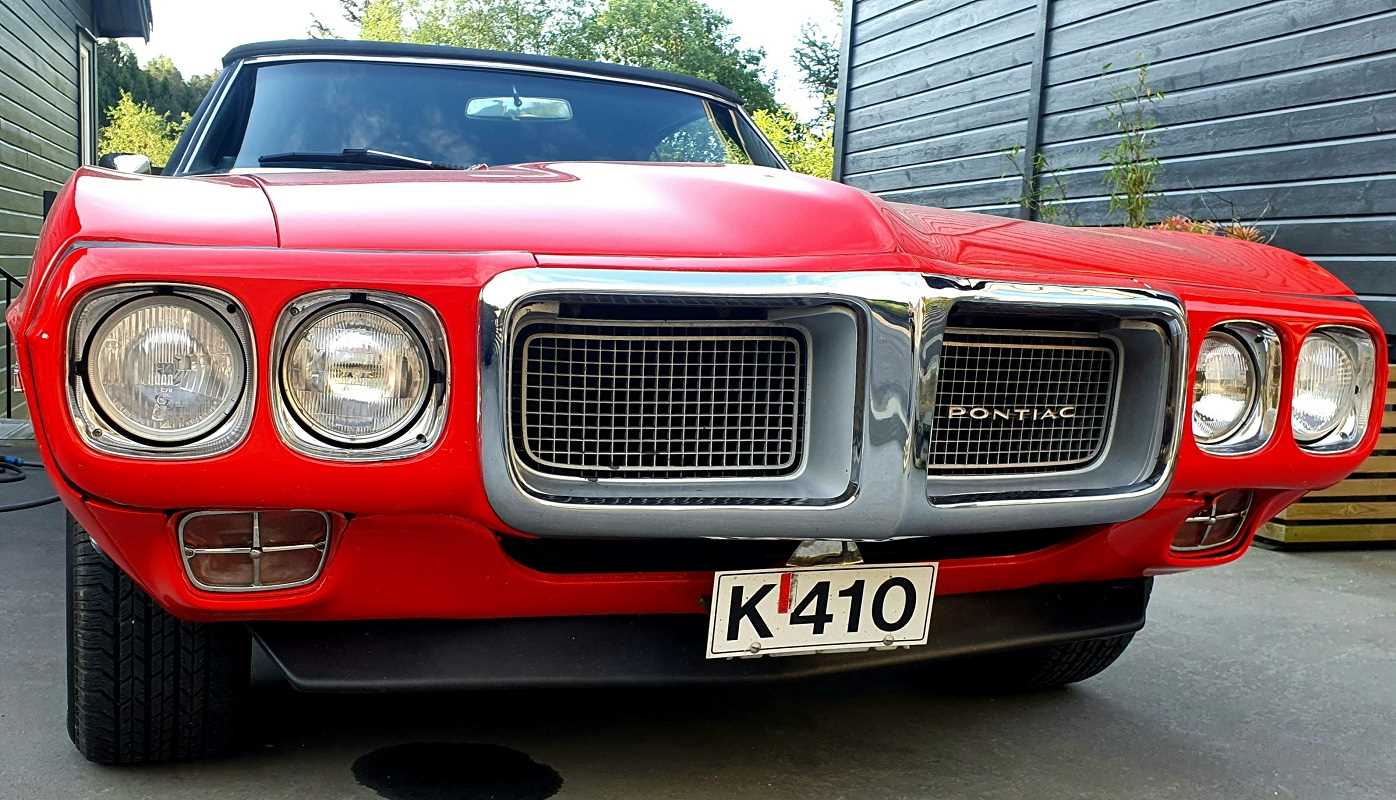Electric cars are more than just a transportation trend—they represent a pivotal shift toward cleaner, more efficient mobility. While they seem like a recent innovation, electric vehicles (EVs) actually have a long and fascinating history that stretches back nearly two centuries. This article walks you through the major milestones in the evolution of EVs, explores their current impact, and highlights future trends that could redefine the automotive landscape.
The Early Days of Electric Vehicles
The idea of harnessing electricity for transportation dates back to the early 1800s. Scottish inventor Robert Anderson built the first crude electric vehicle (EV) in the 1830s. While groundbreaking, Anderson's design lacked rechargeable batteries, making it impractical for widespread use.
By the late 1800s, electric vehicles had gained traction in both the United States and Europe. These early EVs were quiet, easy to operate, and didn’t produce the unpleasant fumes associated with steam or gasoline-powered cars. This contributed to their popularity, particularly in urban areas. However, their limited range and speeds were persistent challenges.
One historic moment during this era was in 1899, when Belgian race car driver Camille Jenatzy set the first land speed record, reaching 65 miles per hour in a fully electric car called the "La Jamais Contente." This marked EVs as serious contenders for innovation and speed.
The Modern Resurgence of EVs
Although the 20th century saw internal combustion engines dominate the automotive industry, there were significant leaps for electric cars' development in the latter half of the century.
One of the pivotal moments in modern EV history was 1996, when General Motors introduced the EV1. This was the first mass-produced, modern electric car, offering a glimpse of what an alternative to gas-powered vehicles could look like. Despite garnering a cult following, the EV1 program was discontinued, leaving many consumers disheartened.
Fast forward to 2008, Tesla Motors redefined the public perception of EVs with its introduction of the Tesla Roadster. This was the first highway-legal EV to use lithium-ion battery cells, offering impressive performance and a range exceeding 200 miles on a single charge. It wasn’t just a car—it was a statement that EVs could be powerful, efficient, and exciting.
Tesla continued its momentum by opening its Supercharger network in 2013, reducing charging times and addressing one of the biggest concerns for EV owners—range anxiety.
The Tesla Model 3's launch in 2017 further cemented Tesla's place in EV history. Within a year, it became the best-selling electric car in history, thanks to its blend of affordability, performance, and sleek design.
The Mainstream Breakthrough
Alongside Tesla, traditional automakers started recognizing the need to adapt to a changing market. The most notable was Nissan's release of the Nissan Leaf in 2011. Unlike premium offerings like the Roadster, the Leaf was marketed as an affordable, practical EV for regular commuters, helping EV adoption expand to mainstream audiences.
By 2020, the rapid enhancement of EV infrastructure and improvements in battery technology allowed more brands to enter the playing field. Governments worldwide began investing heavily in charging networks and incentivizing EV purchases, further accelerating their adoption.
The Electric Future
The future of electric vehicles looks brighter than ever, driven by technological innovation, environmental urgency, and the global shift toward sustainable mobility. Here are some key trends:
1. Affordability and Accessibility
Advancements in battery technology and the scaling of EV production are making electric vehicles more affordable for the general market. The cost of lithium-ion batteries has significantly dropped over the past decade, and with economies of scale improving, EVs are becoming more accessible to middle-income households.
2. Solid-State Batteries
A game-changer in the EV industry lies in solid-state battery development. These batteries promise:
- Higher energy density, allowing for longer driving ranges.
- Faster charging times, making EVs more convenient.
- Improved safety through reduced risks of overheating or combustion.
If commercialized successfully, solid-state batteries could revolutionize both the performance and affordability of electric cars.
3. Phasing Out Gas-powered Cars
Major automotive brands, including Volvo, General Motors, and Ford, have announced plans to phase out internal combustion engines by the 2030s. Policies in many countries are also aligning with this vision, with bans on gasoline and diesel car sales taking effect as early as 2035 in some regions.
4. Integration with Renewable Energy
Electric vehicles are not just a transportation solution; they are a key element in the transition to renewable energy ecosystems. The development of vehicle-to-grid (V2G) technology allows EVs to store surplus energy and send it back to the grid, balancing supply and demand while supporting clean energy initiatives.
5. Growth of the Used EV Market
As EV adoption increases, so does the growth of the used electric vehicle market. This will provide cost-effective options for buyers while encouraging more sustainable practices, particularly in the recycling and disposal of EV batteries at the end of their life cycles.
Why EVs Matter for the Environment
For environmental advocates, the push toward EVs is about more than just technology—it’s about tackling climate change. EVs produce zero tailpipe emissions, making them far cleaner than their gasoline counterparts. Furthermore, as power grids adopt more renewable energy sources like solar and wind, the overall carbon footprint of EVs continues to shrink.
Transitioning to EVs on a large scale, coupled with renewable energy adoption and eco-friendly battery recycling practices, could significantly mitigate global greenhouse gas emissions and reduce reliance on finite fossil fuels.
As affordability and charging infrastructure improve, the road to an electric future grows wider. Whether you're a car enthusiast marveling at the technology or an environmental advocate driven by the need for sustainability, electric cars represent a cleaner, smarter tomorrow.
It's time to embrace the charge.
 (Image via
(Image via

.jpg)



